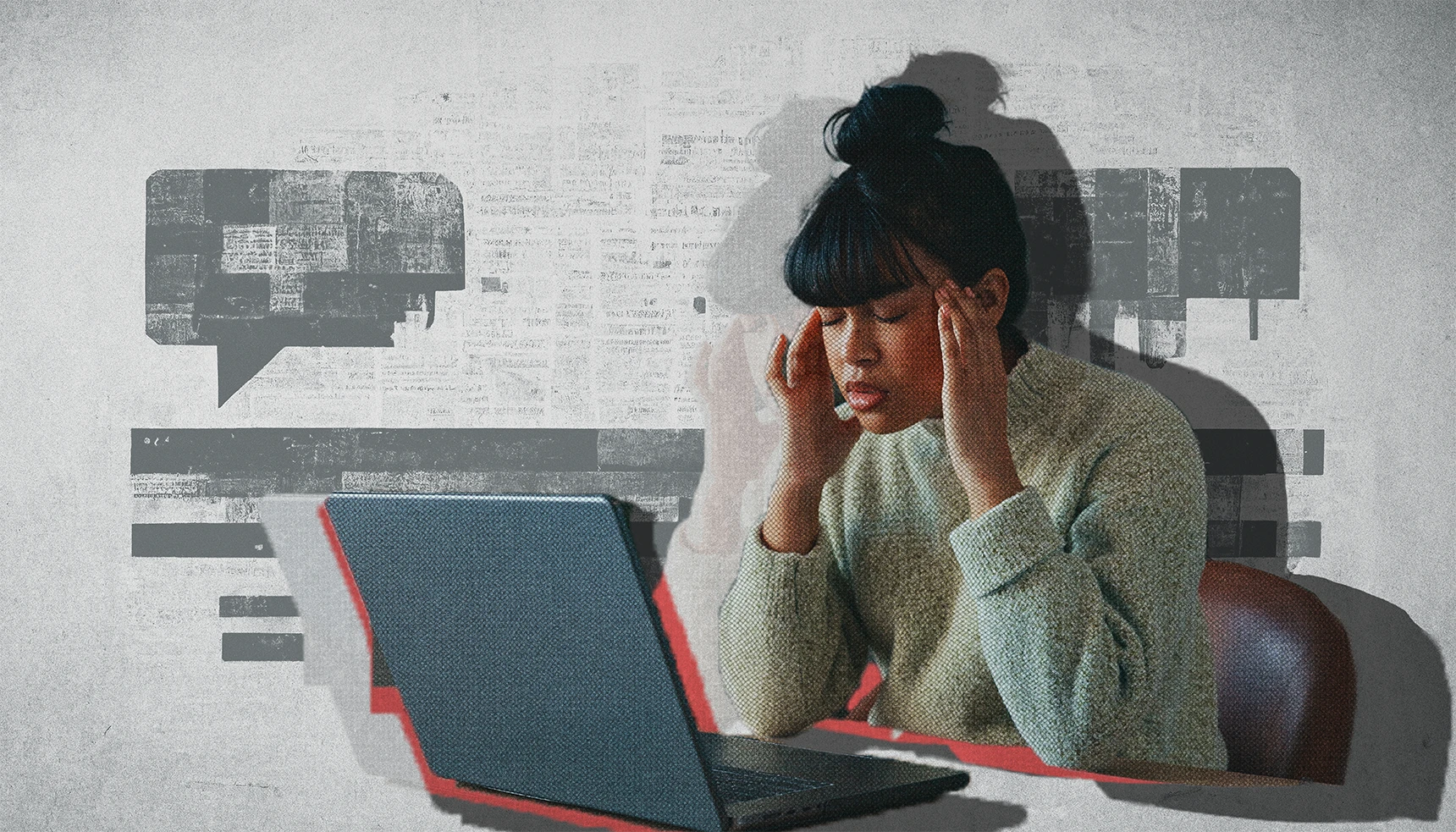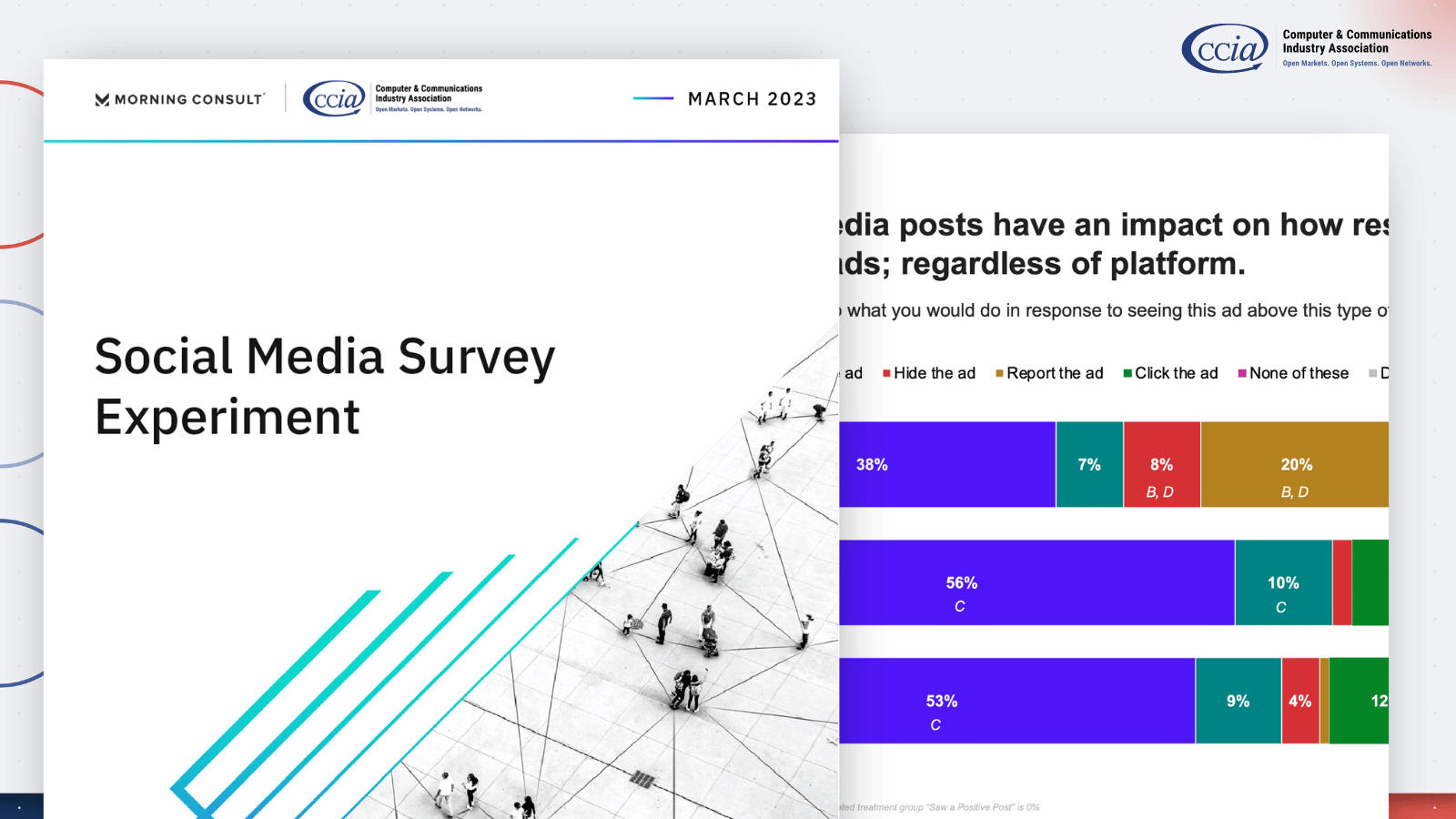This Post is No Longer Available Due To… (Why DMCA Abuse Occurs, Part II)
(Previous coverage of DMCA takedown abuse on DisCo may be found here, here, here, and here.)
When the U.S. Commerce Department recently reaffirmed plans to begin a multistakeholder dialogue in March on improving the Digital Millennium Copyright Act (DMCA)’s notice-and-takedown system, different stakeholders likely had different improvements in mind. The dialogue, first floated in USPTO and NTIA’s July 2013 Green Paper, is viewed by some rights-holders as a means to shift more of the DMCA compliance burden to service providers, which Congress initially allocated to rights-holders in 1998. Service providers and user constituencies, on the other hand, would like to see greater deterrence of takedown misuse, abuse, and inaccuracy, which impose burdens on those stakeholders.
If there were any doubt about the frequently imprecise nature of DMCA takedowns (and the attendant burden on their recipients), one need only look to examples of companies issuing takedowns on their very own content. Yet when TorrentFreak recently reported that HarperCollins had issued thousands of invalid takedown notices, including numerous claims that pointed to HarperCollins’ very own books on iTunes, the remainder of the tech press barely noticed. A familiar, perhaps no-longer-newsworthy script followed: HarperCollins had outsourced its takedowns to DMCA enforcement vendor Digimarc, which in a later statement chalked the mistake up to a “technical error.” A similar story involving Sony targeting lawful FOX content on Hulu followed this week. In some unfortunate cases, wayward vendors have even targeted the rights-holders’ own domains ([1], [2]).
By design, sending a DMCA takedown request is relatively simple. Today, takedowns are often automated and frequently outsourced. While rights-holders benefit from having a rapid takedown mechanism in place, the relatively low cost leads to junk notices, which externalizes costs onto service providers and users at large, and also delays the processing of valid notices. Some enforcement vendors work diligently to ensure that mistakes do not occur, but because there is little incentive to do so, other vendors do not, and often innocent users and lawfully licensed content is suppressed in the crossfire.
Paul Sieminski, General Counsel of Automattic, operator of the WordPress blogging platform (which DisCo runs on), recently argued in a Wired column that the current framework “puts much of the burden of defending lawfully posted content on individual users” and called on other online services to do more to protect users in cases of frivolous or censorious takedowns.
At present, users have little effective recourse. In a recent case noted by Profs. Goldman and Tushnet, a federal court allowed a blogger targeted with inappropriate takedowns to amend her claims to include DMCA abuse (CrossFit Inc. v. Alvies). The blogger, Alvies was targeted by fitness company CrossFit over dubious trademark claims (the DMCA does not address trademark). Still, Prof. Goldman expresses doubt that Alvies’ claim will prevail given the difficult legal climate for DMCA abuse victims.
Nevertheless, some rights-holder constituencies ([1], [2]) have argued that the DMCA notice and takedown system must be re-engineered to shift even more of the burden onto service providers. But missteps and abuses demonstrate that in some cases the cost of a notice is actually too low. If dispatching takedown demands were expensive, we would not expect to see rights-holders sending takedowns demands for their own content, or to suppress critics. Ultimately, the relatively low cost of dispatching DMCA takedowns encourages a “shoot first, ask questions later” approach. Because it is impossible to calibrate the cost of notice ex ante to encourage valid claims while deterring misuse, the only calibration that can be done is after the fact, with some form of penalty. Thus far, however, courts have largely been unwilling to do so. The upshot is that in addition to the burden of processing valid requests, service providers also occasionally bear the burden of protecting rights-holders from themselves.








